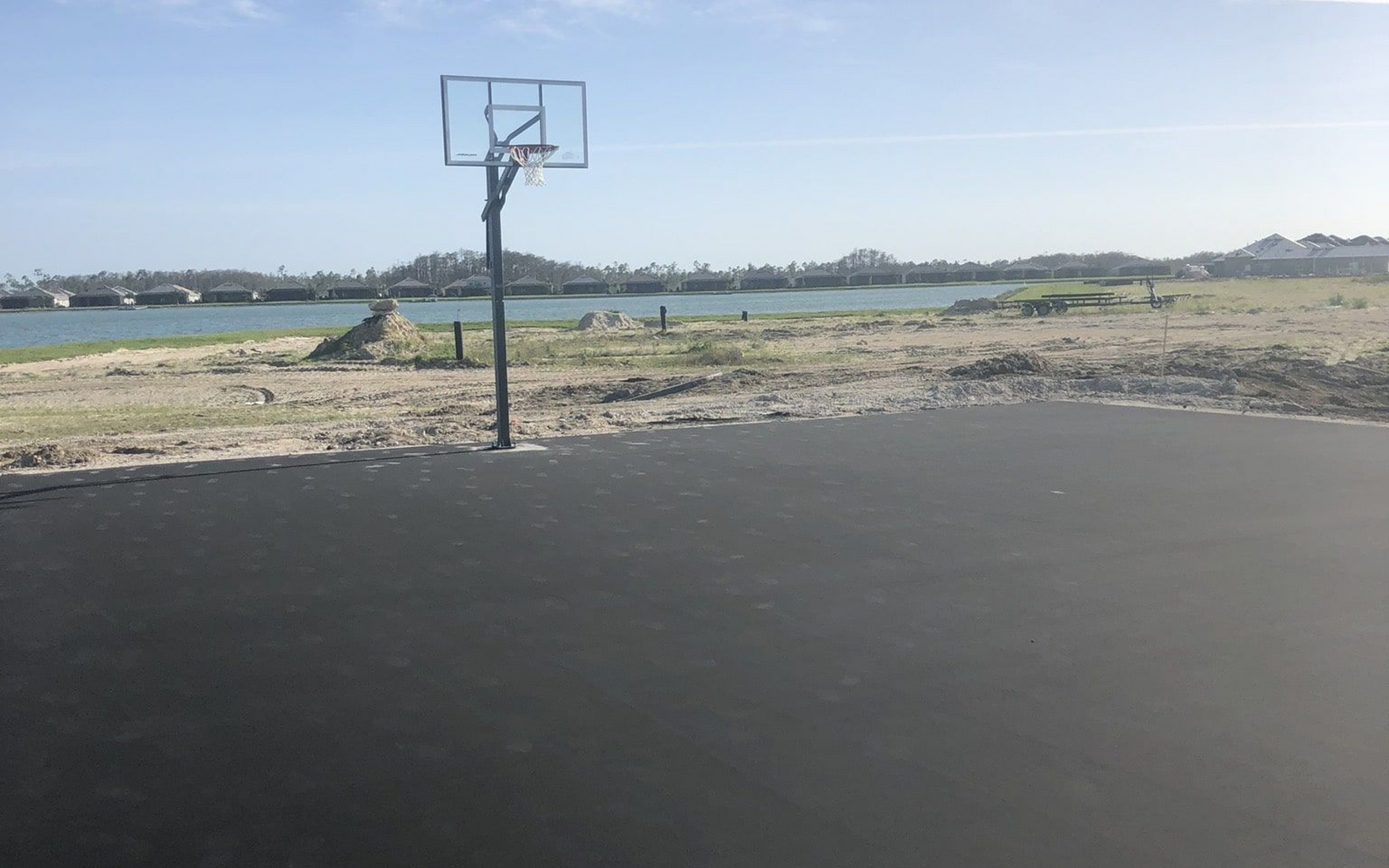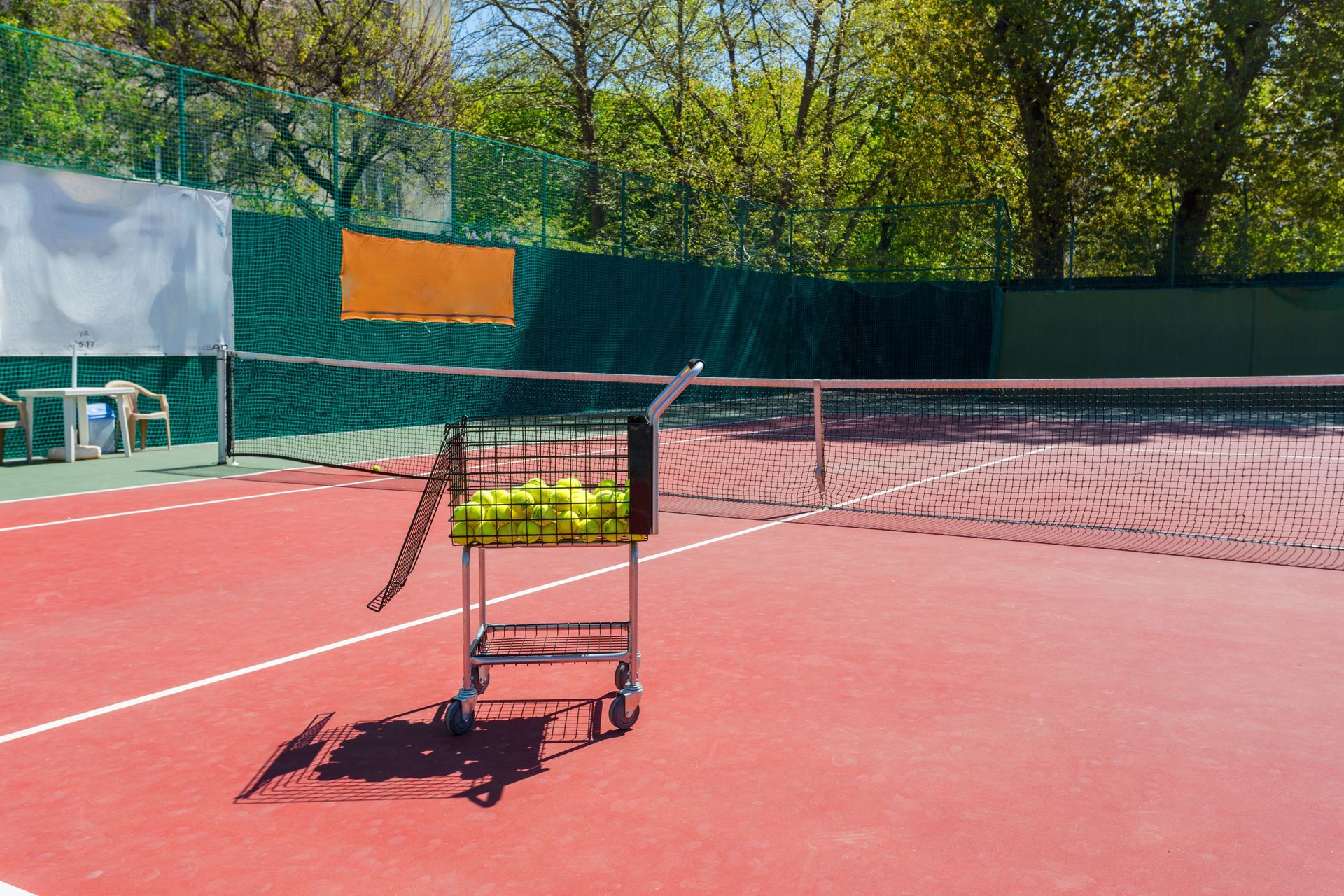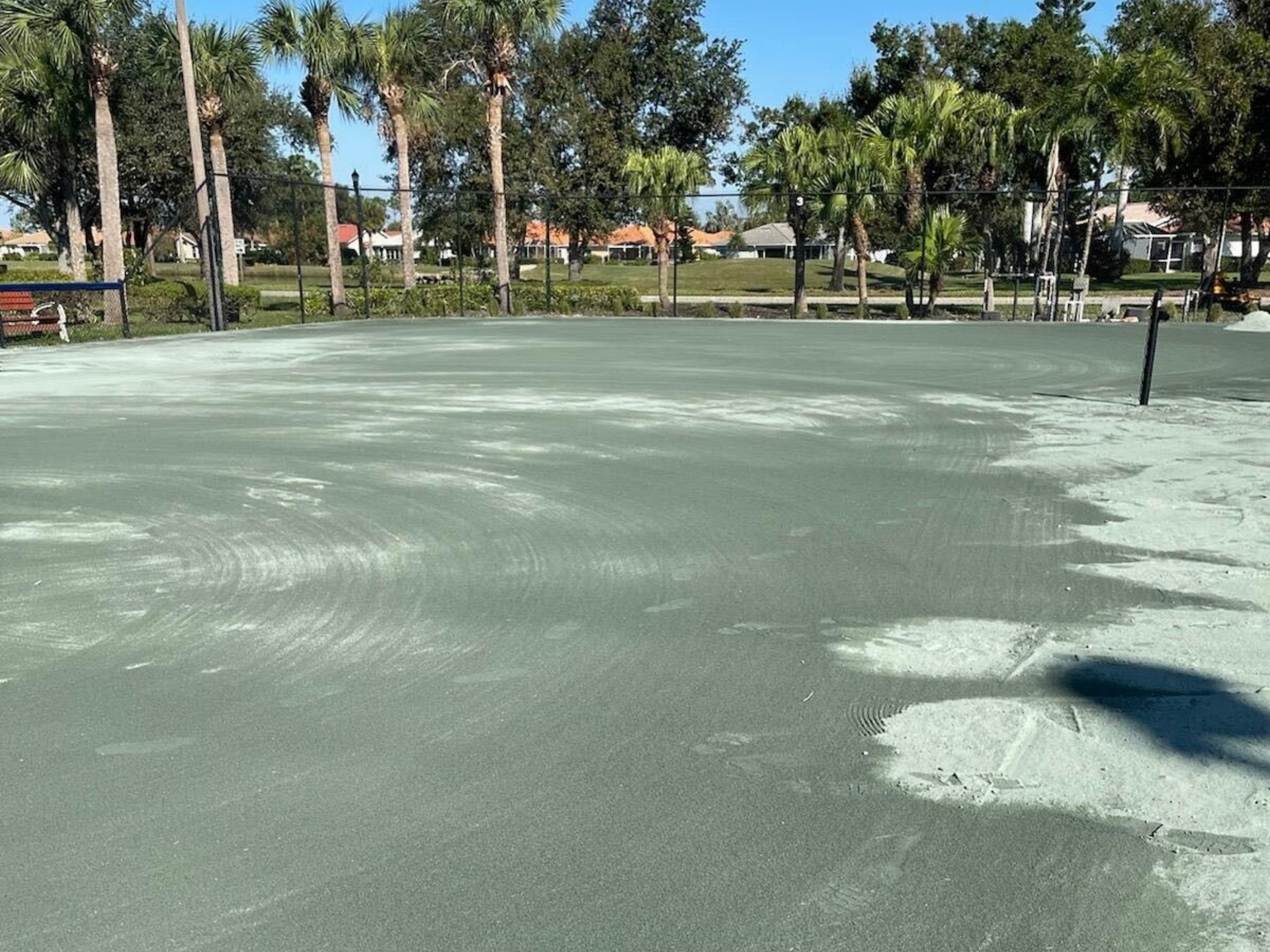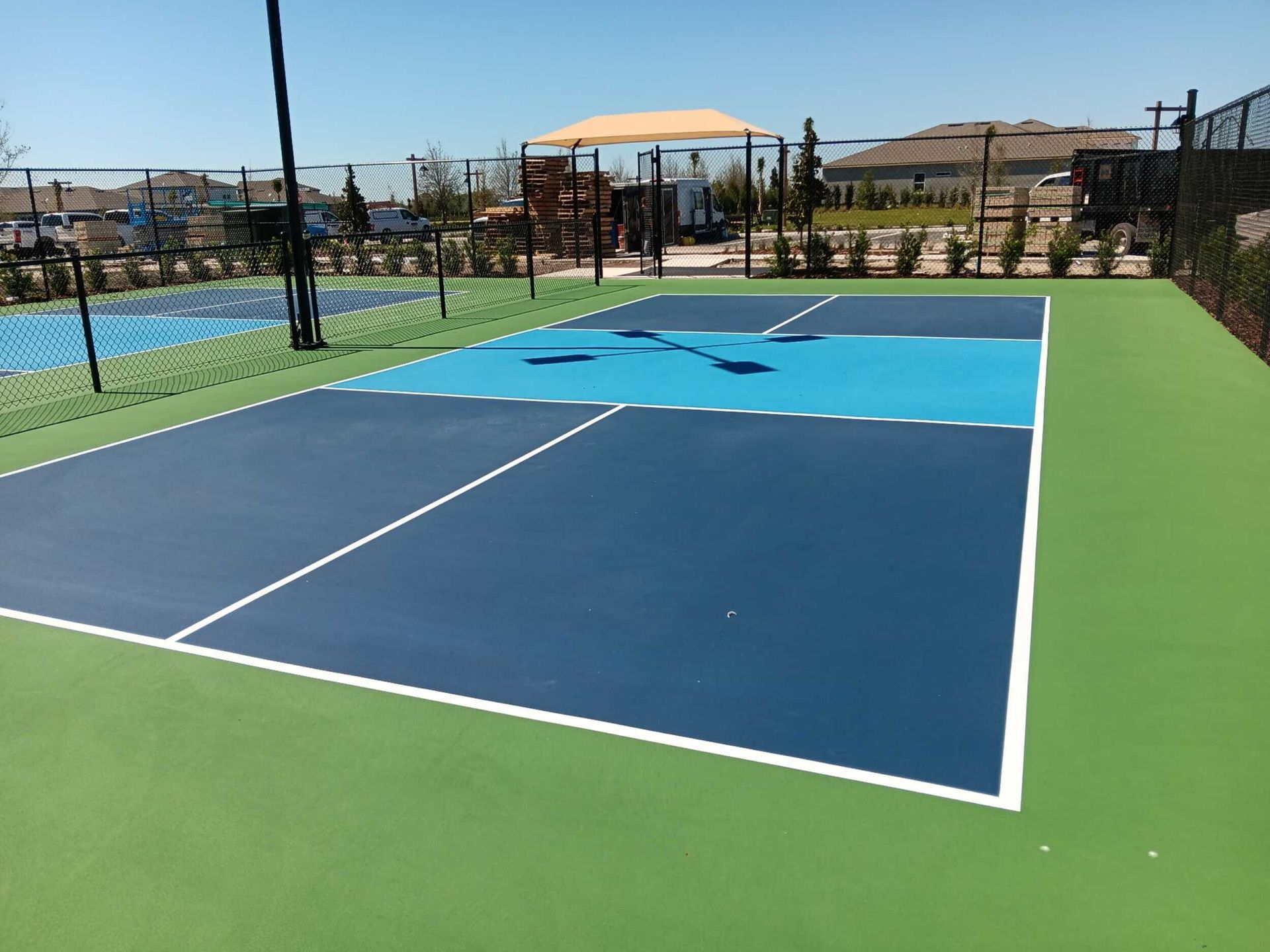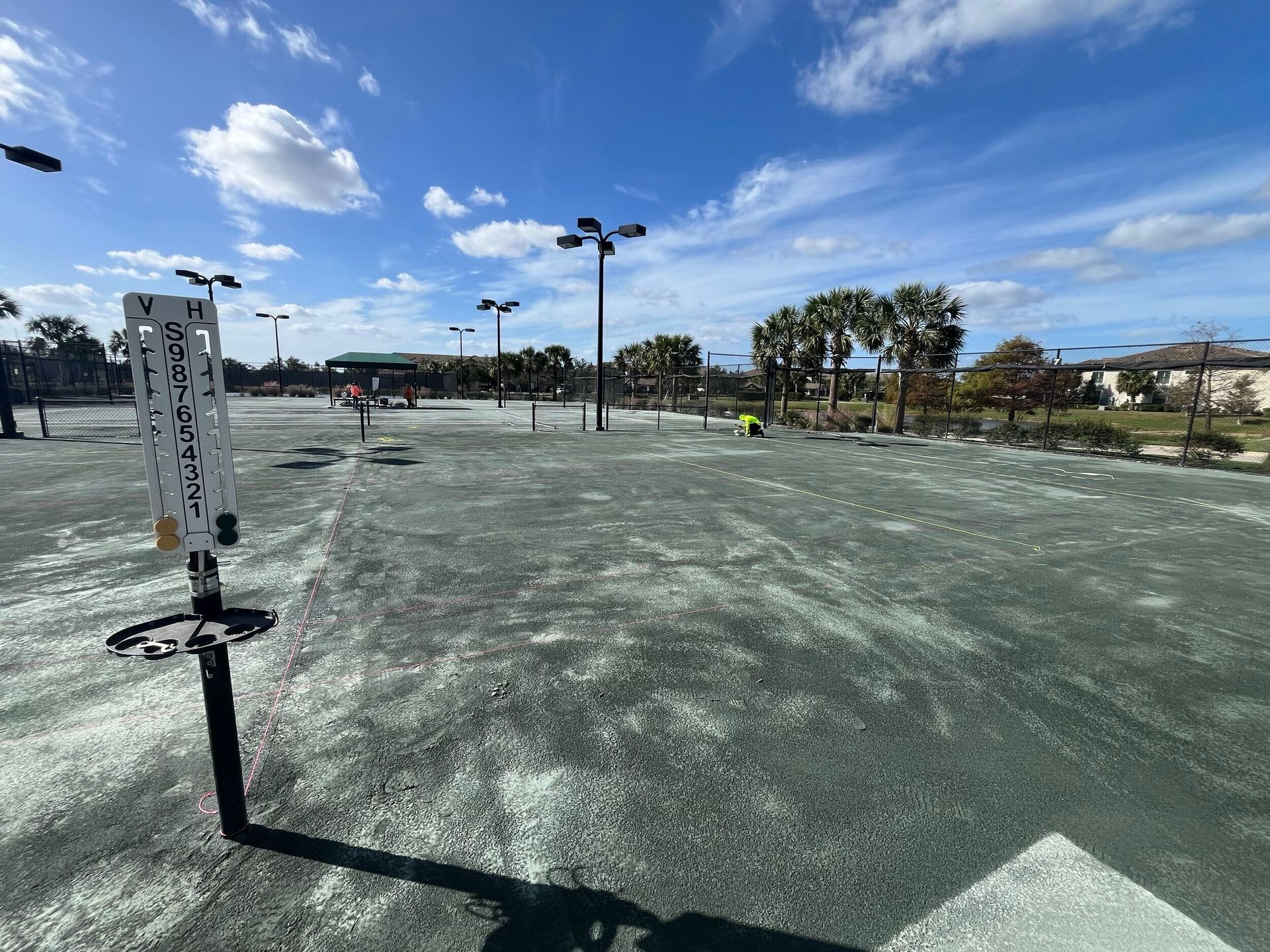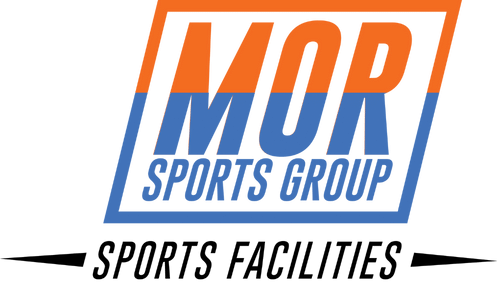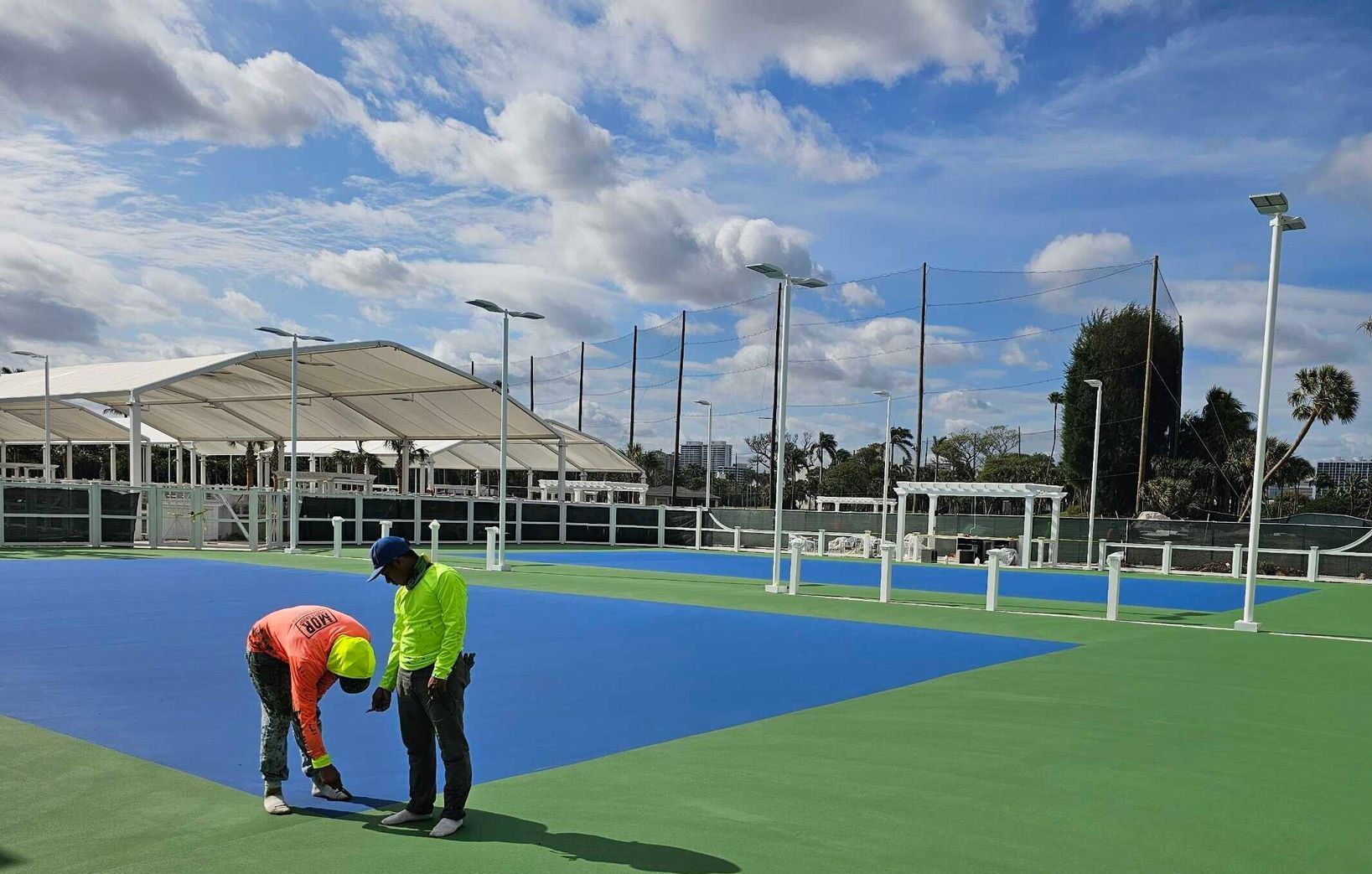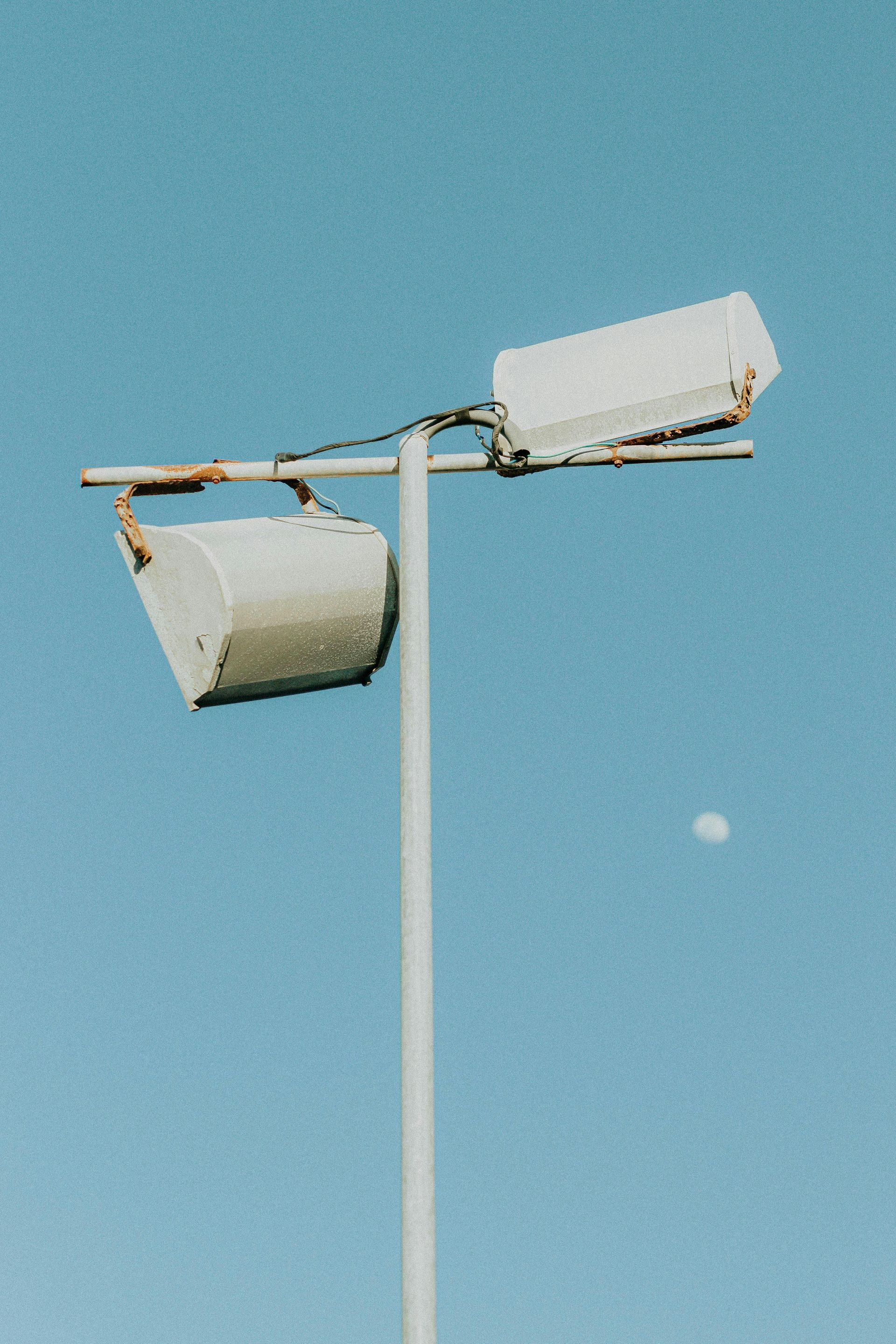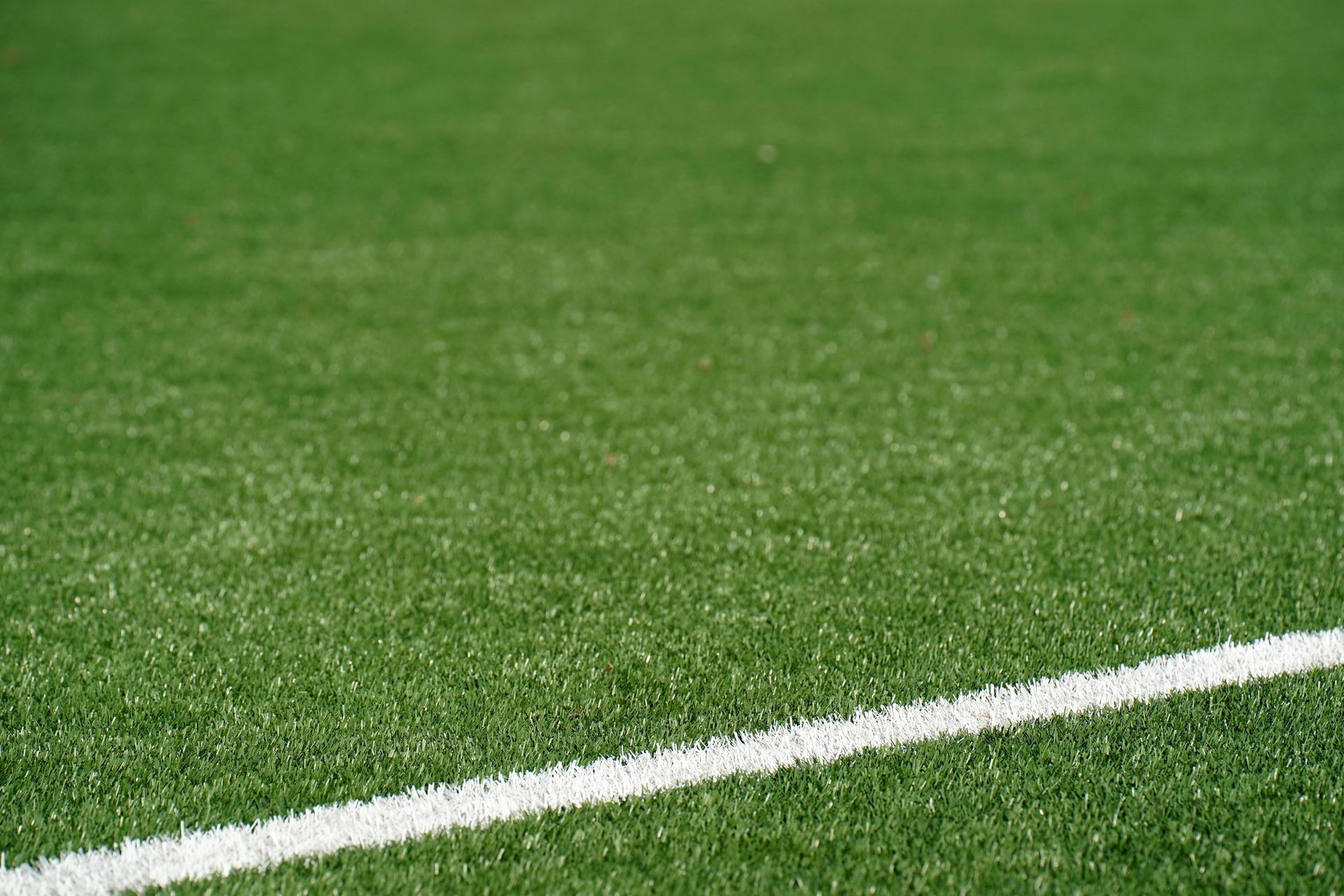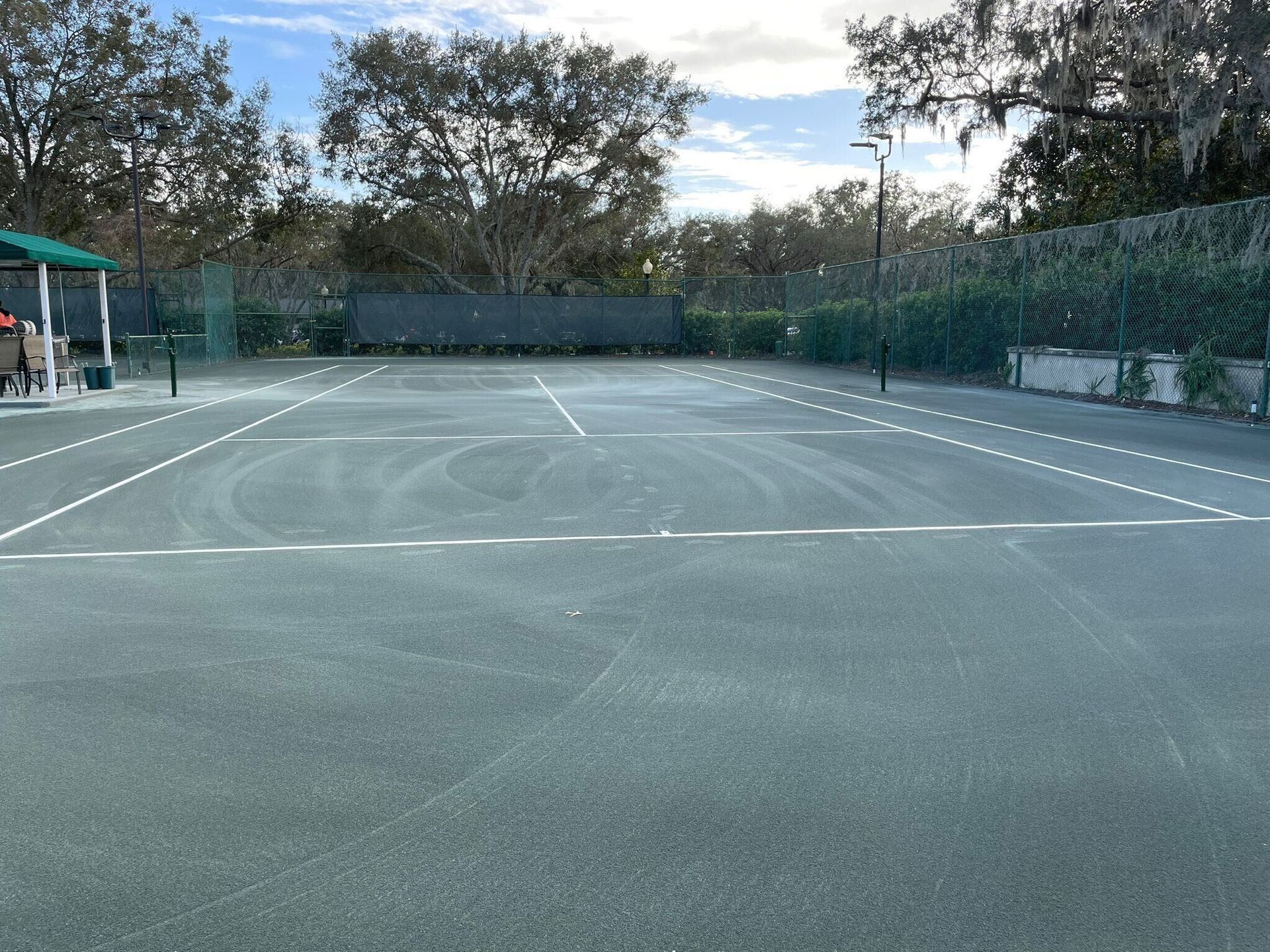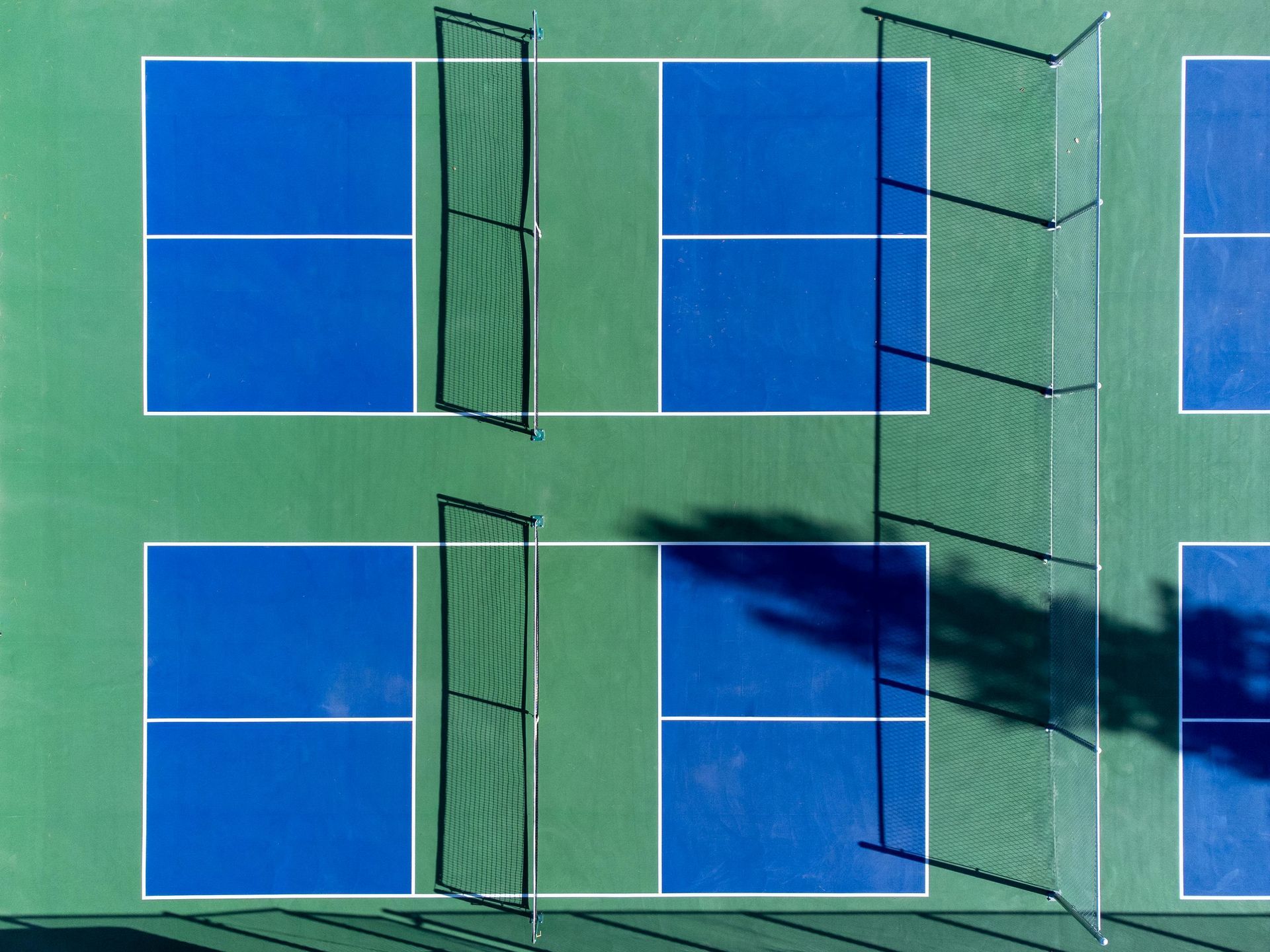Durable Surfaces for Your Pickleball Court Construction
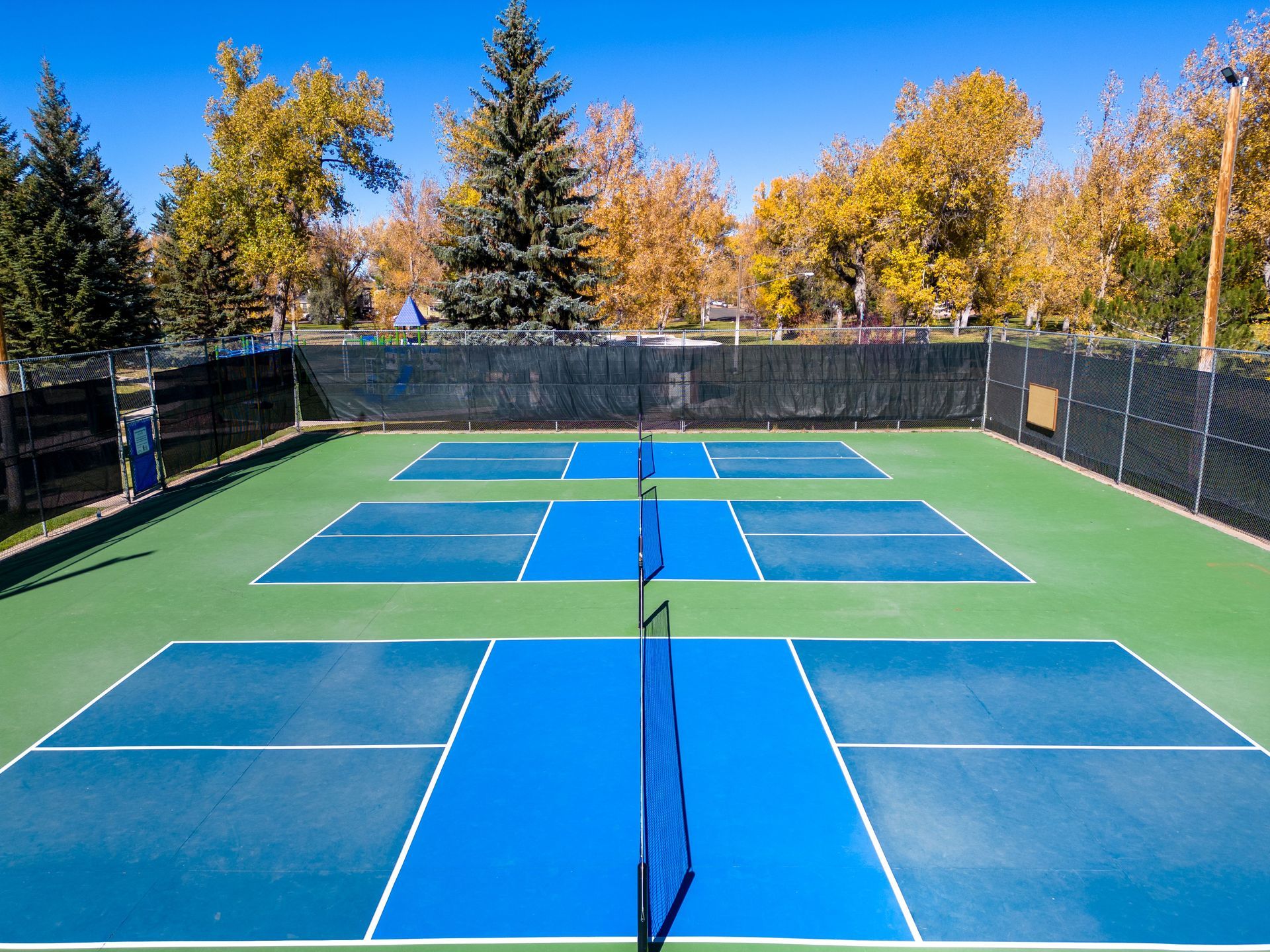
If you're planning to build a pickleball court, one of the most important decisions you'll make is the surface material. The right surface improves gameplay, protects players, and determines how much time and money you'll spend on upkeep. Whether you're creating a court for a local club, school, or your backyard, choosing a durable surface that fits your environment and goals is key.
This article breaks down the top surface options, factors to consider, and how to get the most out of your court investment.
Why Court Surface Matters in Pickleball
The surface of a pickleball court isn’t just something to play on – it directly impacts how the game feels and how your body responds during play.
- Protects players: A cushioned or shock-absorbing surface can reduce joint pain and fatigue.
- Enhances performance: Consistent bounce and grip give players the confidence to move and play freely.
- Saves money: Durable materials mean fewer repairs and less downtime.
- Supports longevity: A quality surface withstands weather and wear over the years of use.
The better the surface, the better the experience for players of all skill levels.
Key Factors When Choosing a Durable Pickleball Court Surface
Choosing a pickleball court surface goes beyond performance—it affects long-term value, safety, and user experience. Whether for a park, facility, or backyard, the right material impacts playability, maintenance, and durability. Here are the key factors to consider.
Surface Durability and Climate Resistance
Outdoor courts face sun, rain, wind, and sometimes snow. You need a surface that holds up through all of it without cracking, fading, or breaking down. Materials like concrete and modular tiles excel in these conditions, especially when paired with proper coatings or drainage systems.
Player Comfort and Shock Absorption
Think about who will use the court. Older adults, competitive players, and frequent users will benefit from surfaces with some give. Modular tiles and cushioned acrylic systems offer the best joint support. Concrete and asphalt, while long-lasting, don’t offer this comfort unless paired with overlays.
Cost vs. Longevity
A court is an investment. Concrete might cost more to install, but it can last decades. Asphalt is cheaper up front but may crack and need resealing sooner. Modular tiles and cushioned systems carry higher installation costs but require very little maintenance and offer excellent long-term value.
Surface Traction and Bounce Consistency
You want a surface that grips shoes without being sticky and delivers a predictable bounce. Surfaces like acrylic coatings and interlocking tiles offer consistent performance and allow for quick movements without slips.
Most Popular Pickleball Court Surfaces Compared
With several surface options available, it’s important to choose one that fits your needs, budget, and usage level. Below is a quick comparison of the most popular pickleball court surfaces, outlining their strengths, trade-offs, and ideal use cases.
Concrete Courts: The Gold Standard for Durability
Concrete is often the go-to for high-traffic or professional-grade courts. It lasts for decades, handles weather well, and provides a clean, flat surface for accurate play.
Pros:
- Long-lasting with minimal maintenance
- Very stable and even
- Customizable with coatings and paint
Cons:
- Hard on joints
- Needs additional surfacing for grip and comfort
Concrete pairs well with acrylic coatings to improve playability and protect players.
Asphalt Courts: A Cost-Effective Alternative
Asphalt is another outdoor option, common in parks and schools. It's softer than concrete and cheaper to install, but doesn't last as long.
Pros:
- Affordable upfront cost
- Easier on joints than bare concrete
Cons:
- Prone to cracking and surface breakdown
- Needs regular sealing and potential resurfacing
Asphalt works best with an acrylic top layer to extend its life.
Acrylic Coatings: Grip, Color, and Protection
Acrylic coatings are added to asphalt or concrete surfaces. They improve grip, reduce glare, and make the court more visually appealing.
Benefits:
- Bright, customizable colors
- UV resistance
- Helps prevent slipping
These coatings should be reapplied every few years for best results.
Modular Tiles: Versatile and Low-Maintenance
Modular tile systems are made of durable plastic and snap together over a hard sub-base. They're ideal for both permanent and temporary courts.
Why people like them:
- Quick to install
- Cushioned for joint relief
- Easy to clean and replace tiles
- Weather-resistant with built-in drainage
They also work well in multi-sport facilities because they can handle basketball, volleyball, and more.
Cushioned Acrylic Systems: Comfort Meets Performance
Cushioned systems include layers of rubber beneath the acrylic surface. These are premium installations used at clubs or pro facilities.
Highlights:
- Excellent shock absorption
- Smooth, consistent play
- Safe for long sessions and older players
If comfort and performance are top priorities, this is the surface to go with.
Maintenance Tips for Long-Lasting Court Surfaces
You don't need to spend hours maintaining your court, but some regular care goes a long way:
- Sweep or blow away debris weekly
- Wash the surface with water and mild cleaner monthly
- Inspect for cracks or drainage issues after storms
- Reapply coatings as needed (typically every 3-5 years)
Courts with good drainage and protective coatings will last longer and play better year-round.
Indoor vs. Outdoor Pickleball Court Surface Options
Not every court is outdoors. Indoor courts come with their own set of materials and requirements:
- Indoor options include synthetic tiles, hardwood, and cushioned rubber
- Outdoor options prioritize weather resistance, like concrete, asphalt, or tiles
Choose based on climate, location, and whether the court will be permanent or portable. Outdoor courts should always prioritize drainage and UV protection.
Enhancing Performance and Safety with the Right Surface
A good court doesn't just look good – it helps players move confidently and stay safe. With the right surface, you can reduce:
- Slipping and falling
- Joint stress and fatigue
- Inconsistent bounce or unexpected ball behavior
It also allows for smoother games, which keeps players coming back.
Work with the Experts
Think about how your court will be used. Is it for competitive players chasing high performance? A community space for casual games? Or maybe a backyard setup for the whole family? Then consider what kind of environment it’ll face and how much time you’re able to put into upkeep.
It’s not always easy to weigh all the options, but Mor Sports Group can help you get it right from the start. They specialize in building pickleball courts for homes, schools, and commercial spaces—and they know how to match the surface to your goals, budget, and location. Their team handles everything from layout and drainage to premium surfacing like cushioned acrylics and modular tiles.
If you're looking for a long-lasting, pro-quality court that plays great and looks even better, Mor Sports Group brings the expertise you need to make it happen.
Conclusion: Build a Court That Lasts
The surface you choose sets the tone for every game played on your court. It affects how safe it feels, how often it needs maintenance, and how much fun people have when they step on it. Taking the time to pick the right surface and working with a team that knows what they’re doing makes all the difference. So plan thoughtfully, choose wisely, and you’ll end up with a court that brings people together for years to come.
